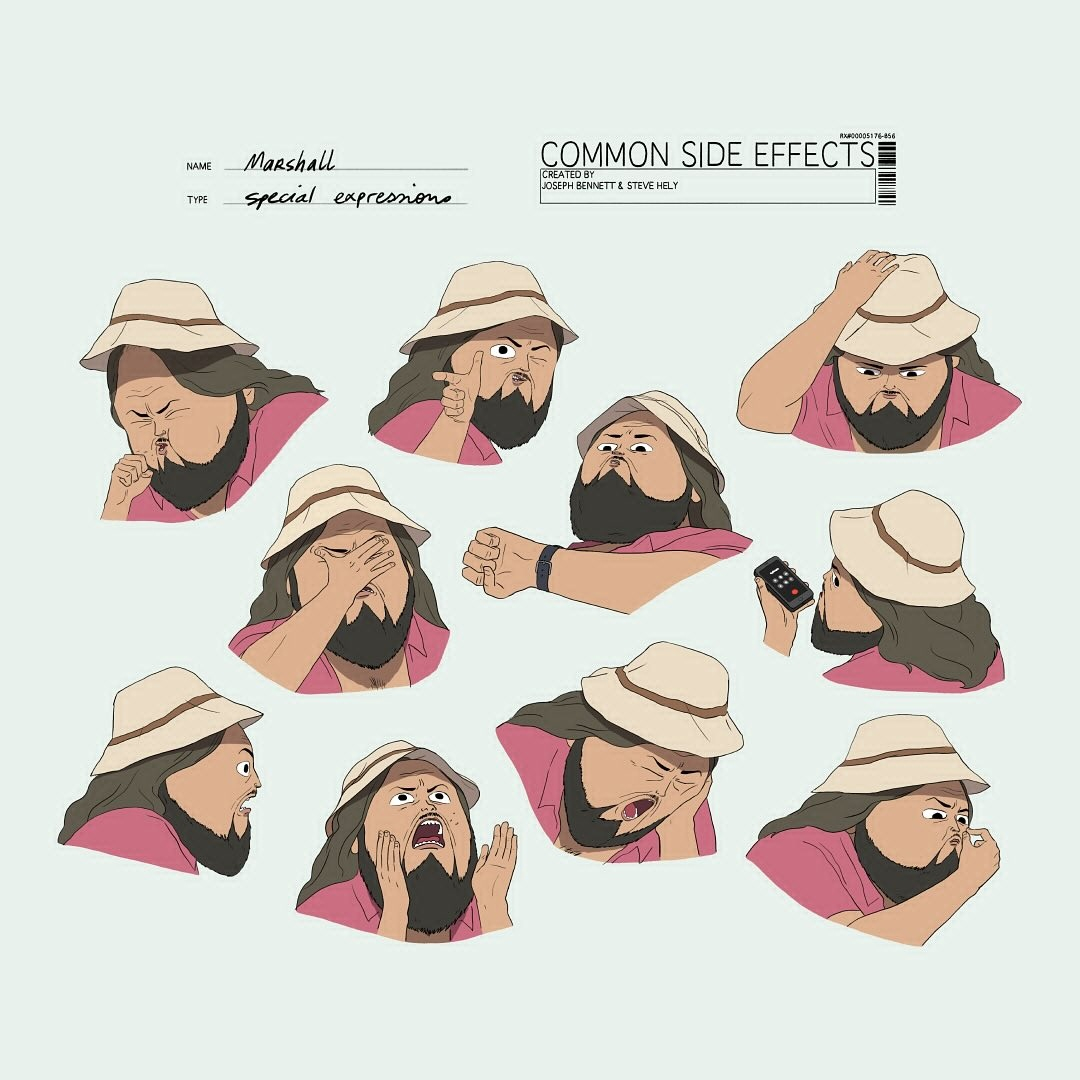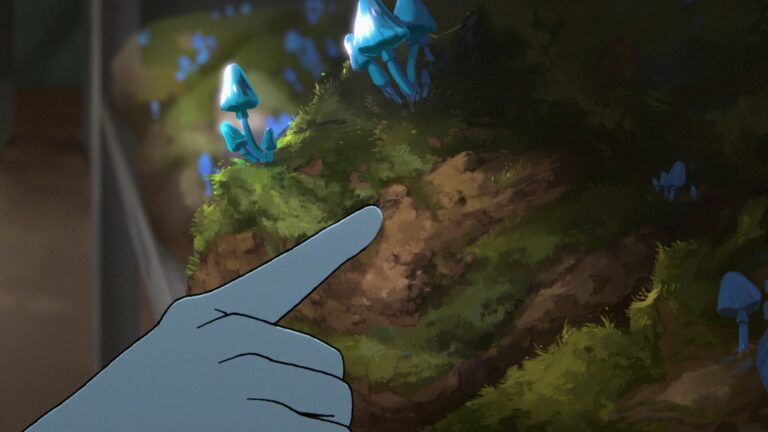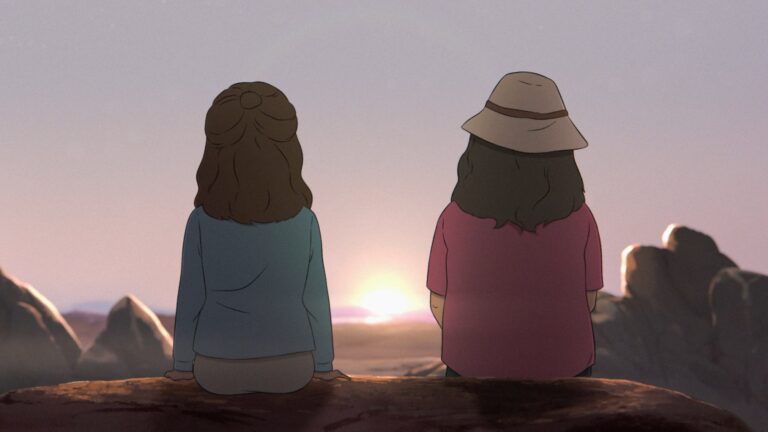If you took a poll in any random storyboarding bullpen, you’d find most folks just want the scenes to flow and the jokes to land. But Vincent Tsui? He wanted more. He launched out of the colorful Paris suburbs with a skateboard in hand and a pocketful of Moebius doodles. Suddenly, he’s in Los Angeles, scribbling out scenes and rearranging the pace of TV animation in his own low-key radical way. Let’s break down how he pulled this off – and why Common Side Effects, especially the beloved “Hildy” episode, now crackles with all that offbeat, kinetic energy.
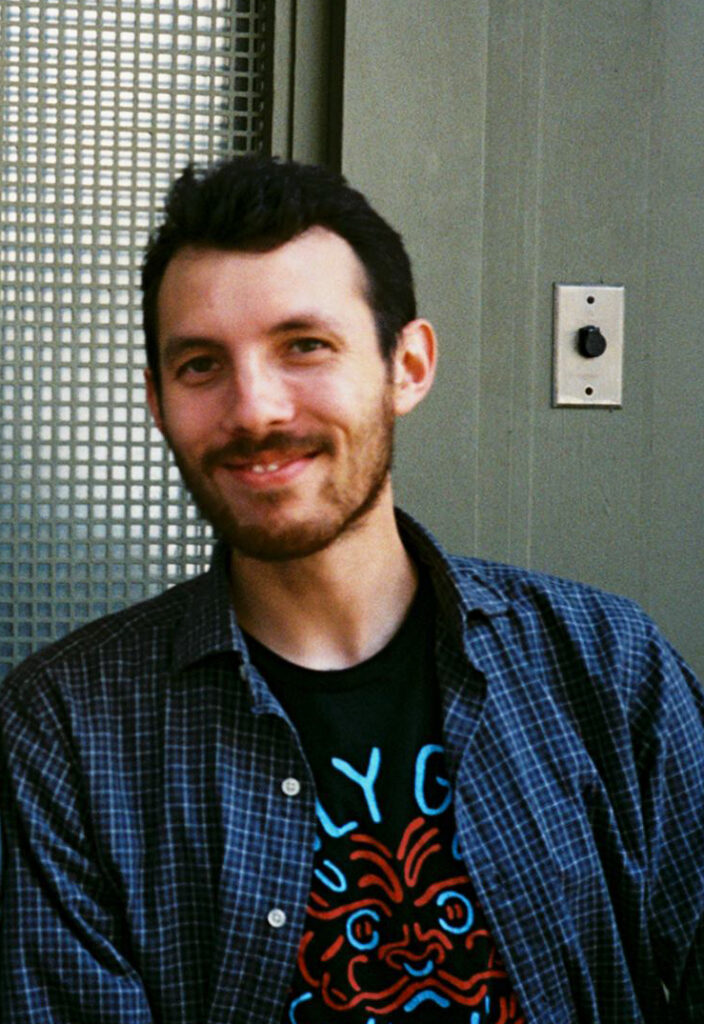
From Parisian Pavement to L.A. Storyboard Central
So, let’s rewind to Tsui’s roots. He grew up south of Paris, surrounded by spray-can graffiti, skateboard wheels slapping pavement, and a deep admiration for French comic book legends. That early exposure to wild movement and clean lines stuck with him. Instead of heading straight for animation studios, he took the classic artist’s shortcut – Gobelins, l’École de l’Image, might ring a bell for anyone who’s even glanced at the end credits of recent animation hits.
Quick timeline, just to place him:
- Started at Gobelins in 2009, picked up solid skills in visual storytelling and timing.
- Graduated in 2013 with a student film that wowed Annecy Animation Festival jurors.
- By 2016, Vincent packed up and zoomed across the Atlantic to Los Angeles. “I needed change, and LA is just such a unique place,” he told a Motionographer interviewer, summing up the giant leap in classic understatment (motionographer.com).
Obviously, L.A. isn’t Paris – the weather, the streets, the whole vibe – but Tsui absorbed the scene fast. And those European roots never really left his drawing hand.
Cutting His Teeth: The Art of Story-boarding
As soon as Tsui hit Los Angeles, he got right to work. No dilly-dallying. He joined small gigs at Nickelodeon and started cranking out storyboards for experimental pilot shorts around 2014. Suddenly, his name started showing up at Atomic Cartoons – the very studio cooking up Common Side Effects, right when the show needed artists comfortable translating bonkers scripts into clear, punchy images.
Storyboarding’s not for the faint of heart. Artists like Tsui do way more than doodle action sequences:
- They break scripts down into beats, mapping the emotional flow and comedic timing.
- They decide how close a character’s face should be to the “camera.”
- They make sure punchlines, shocks, and quiet moments all land.
When Common Side Effects called, Tsui stepped right up. Supervising directors watched his boards land joke after joke, with barely a single redraw. One described him as “the guy who could translate jokes to camera language in four panels.” In a world where time equals money, Tsui stood out. Production meetings started to get a lot less stressful.
But here’s the secret sauce: Tsui’s boards always moved. This guy has an internal metronome built from years of skate videos. Pacing matters. Sometimes the camera swooped and dived. Sometimes, it hung in tight, then snapped wide just as the emotional punch landed. Nothing ever felt static or stale.
Stepping Up: From Storyboard Buddy to Director
So, what happens when your boards barely get edited? Show creators take notice. Around mid-Season 1 of Common Side Effects, showrunner Lea Martinez tapped Tsui to shadow her during some director’s meetings. He slid into an assistant director credit for the season finale, quickly caught the rhythm, and soon, the reins landed in his hands for real.
Cue episode: “Hildy.”
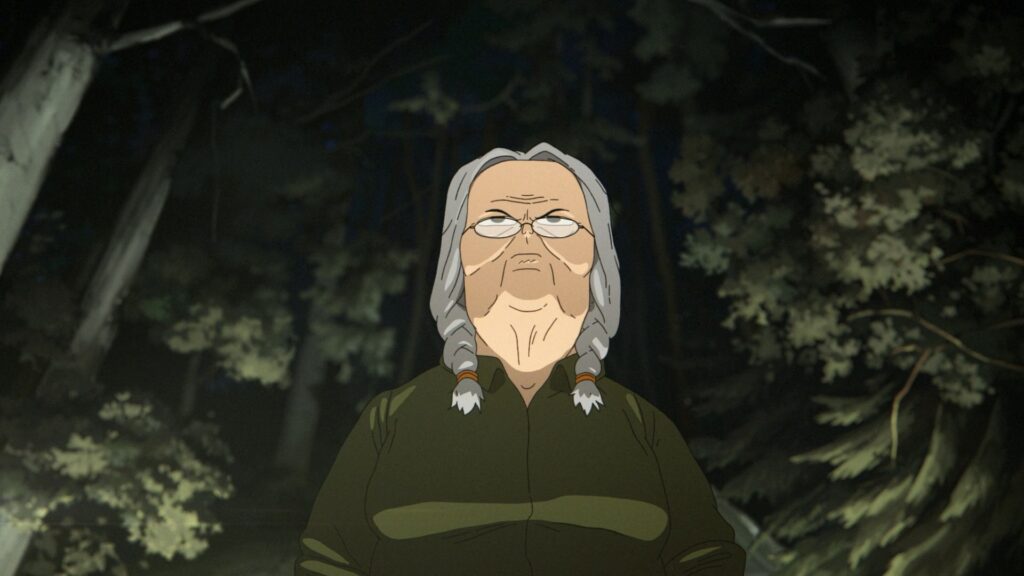
Want the basic premise? Gabe, the caffeine-popping hero, tries out a new allergy med. Suddenly, his hyper-logical neighbor Hildy starts glitching in and out of reality. It’s weird, hilarious, and – when you start looking for it – all Tsui’s trademark style.
Peeling Back “Hildy”: Where Storyboarding Meets Wild Direction
Fans flipped for this episode, and not just because the story took a trip through Gabe’s warped perspective. Tsui threw the toolkit wide open here. Things started out simple: a rapid-fire kitchen montage, Gabe popping pills in slow motion, daylight slicing down in geometric shapes. Familiar? Tsui loves cold opens and crash cuts. Before you can catch your breath, Hildy’s world turns jackknifed – angles shift, backgrounds turn migraine-pink, and the whole visual mesh pulses with unease.
A few favorite tricks everyone noticed:
- Jump-cut montages mimic Gabe’s scrambled memory.
- Handheld-style camera shakes followed every “glitch” moment.
- Parkour rooftop chase scenes, a very on-brand Tsui nod to skateboarding days.
- A color script that swings between melancholic blue and head-throbbing pink lights.
- “Shortest average shot length” for any episode all season – just 3.6 seconds. (Season mean is a plodding 5.)

And talk about audience reaction! “Hildy” clocked an astonishing 97% user rating on Rotten Tomatoes – six points above the series average. TikTok edits of the rooftop chase (search #HildyFlip if you want your mind blown) rocketed up to 4.2 million views within two days. Even those who don’t watch the whole show swooned over the style.
The Double Impact: When Director and Storyboard Artist Are One and the Same
Now here’s where you really start to see the Tsui effect. Because he storyboards and he directs, the rest of the crew gets to skip that awkward telephone game where directors reinterpret what the board team meant and vice versa.
- No hand-off gaps. Tsui plans it, then executes it. The line stays tight from thumbnailed ideas to the final cut.
- Fewer retakes. No last-minute “fix this beat.” Production data for “Hildy” showed 12% fewer retake hours than the season average.
- Thunderously clear visual motifs. Watch for diagonal wipes, match-cuts, and those goofy fisheye shots straight off a skate video.
Insider quotes? You bet:
- Lead animator Marissa Choi: “He brings boards that already breathe, so we just add polish.”
- Editor Dan Kobayashi: “We trimmed almost nothing; the frames already sang.”
It’s not just the animation team who noticed. Even the script writers started sneaking little visual gags, knowing Tsui would storyboard and direct them to their best punchline.
Bigger Ripples: Tsui’s Style Spreads Across the Canvas
Here’s where things get even wilder. As Tsui’s episodes dropped, other directors took the hint:
- The show’s shot length tightened up by the back half of season two, echoing Tsui’s fast, dynamic style.
- The official production bible now includes his “five-beat tension drop” template, a pacing blueprint all new board artists study.
- Even the marketing team jumped on the train – those glitchy, migraine-palette teasers for season three all borrow directly from Tsui’s visual playbook.
Rumors swirl. Annie Awards might just slap his name onto both the directing and storyboarding lists come nomination time. That could mean a historic double-nod for an artist who’s done both jobs on the same project.
Fans Take the Mic: Welcome to the Tsui Hive
Fandom didn’t miss a beat. Twitter, Tumblr, TikTok, even dusty old Reddit, all buzzed after “Hildy.” Some hearty examples:
- @PSYduckDraws tweeted: “Never thought pharmacy blues could feel like skate videos. Thanks, Tsui!”
- Tumblr’s boldest gif-makers paired the “Hildy” rooftop chase with scenes from the Parisian skate classic “Magenta.” It rocketed to fifteen thousand reblogs.
- On the “Side-Talking” podcast, episode 73? They spent 38 whole minutes breaking down the cold-open and those glitchy match-cuts.
People aren’t just watching – they’re remixing and dissecting every camera swoop, color pop, and sneaky frame transition.
Next Moves: Still Pushing, Never Coasting
Looking forward, Tsui’s not slowing down. Hot tip for the committed: He’s slated to direct Common Side Effects episodes 303 (“Placebo”) and 309 (“Half-Life”) next season.
He also signed on to mentor the latest intake of CalArts storyboard graduates, so you can bet the show will keep innovating. And if you poke around Tsui’s Instagram, be sure to spot the Gabe-on-a-surfboard sketch posted April 2025 – caption: “Testing water for bigger waves.” Rumor mills swirl that a feature-length project sits somewhere on his Trello board, but studio deals remain hush-hush, for now.
What’s clear? Every time Tsui’s hands touch a script or a frame, the show’s energy lifts. It’s wild to think that just a few years ago, he was storyboarding from a windowless room, hoping someone would let a skateboarder draw for TV.
Now, fans all over the world keep eyes glued for the next diagonal wipe, the next rooftop chase, the next kinetic punchline that only he could deliver.
So what does the future hold? If Tsui’s previous work signals anything, Common Side Effects just might become the quickest, zippiest, most unpredictable joyride in the animated universe. And as long as he’s still rolling, it’s safe to say: we’d better buckle up.

